
Gold Tone OB-2: Bowtie Banjo
$1,999.99
The Gold Tone OB-2 is a premium 5-string banjo, designed for professionals and enthusiasts alike. Crafted with a multi-ply maple rim and a slim, fast-playing neck, it produces a crisp, bright tone. This banjo stands out for its high-quality construction, and traditional, authentic sound.
FREE SHIPPING! - ORDERS OVER $199 SHIPPED TO THE CONTINENTAL U.S.
Gold Tone Representative, Marc Horowitz:
“In 1963, I was a junior in high school. I was consumed then (as now) with all things banjo. I was playing a Seeger-style longneck Bacon banjo, but I’d recently become aware that what I needed for Bluegrass was a MASTERTONE. In those days, there was no “vintage” craze; the banjos from the 1930s (only thirty years before) were just, well… used banjos. Some players had one, some didn’t. Many of the big Bluegrass names (Scruggs, Reno, Crowe etc.) had pre-war banjos, but some others (Alan Shelton for example) played a contemporary bowtie banjo.
I decided that THAT’S what I would get. My father liberated some of my bar mitzvah money and off I went to Roger Sprung’s place to buy a bowtie Mastertone. I was over the moon! I practiced hard and made the rapid progress you achieve when you acquire a professional-grade instrument. While this was going on, the mystique of the “pre-war” Mastertones was coming onto every picker’s radar. Suddenly, EVERYONE wanted a nineteen-thirties banjo! The race was on, and I fell for the legend. When a friend offered to sell me his 1926 RB-5, I made it happen; I sold the bowtie.
Fast forward to around ten years ago. I was musing one day about all of the banjos that had passed through my hands over the previous four decades. I fondly remembered that first Mastertone bowtie I had bought new in 1963. I wondered what I would think of one of those now, if I found one. I’d learned a lot about banjo setup over the past forty years. Maybe I could get one of these and optimized it for today’s styles of playing.
It’s worth mentioning that while a pre-war banjo was thirty to forty years old back in the sixties, a bowtie Mastertone from ’63 is now SIXTY years old! I located a mint condition ’63 and bought it. After I finished setting it up it was… WOW. I still have it. I found more examples and bought, fixed up and resold them to eager buyers. Today, a clean early sixties bowtie brings five to six thousand dollars, and they sell quickly. These are great banjos.
Since the success of Gold Tone’s OB-3 Twanger, we were kicking around ideas for the next tribute banjo when the bowtie banjos of 1960 to mid-1964 were brought up. This was when the bowtie was at its peak of quality. A unique nineteen-hole flathead tone ring (versus the previous twenty-hole version) was used during this time. The banjos were built in Kalamazoo by some of the same people that worked there in the thirties, and the tone rings were still cast by the same foundry that made them back before The War. A full-thickness rim and nickel-plated hardware were still used as well.
With those specs in mind, we set about creating a worthy modern evocation of this great old banjo: the Gold Tone OB-2 Bowtie. The feature set closely adheres to the original banjo: mahogany neck and maple resonator, a beautiful golden sunburst finish and even a nineteen-hole flathead tone ring. Updated features include superb quality Gotoh machine heads, the renowned Snuffy Smith bridge, a Presto-style tailpiece and dual coordinator rods for precise adjustment.
From our hands to yours, the value is superb and the tone and playability are amazing. Enjoy!”
| Weight | 13 lbs |
|---|---|
| Railroad Spikes | Free 5th String Railroad Spike Installation, No Thanks |
| FREE Starter Pack | Free Starter Pack!, No Thanks |
Be the first to review “Gold Tone OB-2: Bowtie Banjo” Cancel reply
You must be logged in to post a review.
- All orders over $199 ship FREE (to Continental U.S.);
- All banjos are setup, inspected, and tuned by banjo experts prior to being shipped;
- We have a 60-day exchange policy for banjos and banjo parts;
- We have a 30-day refund policy for banjos and banjo parts;
- Please see Customer Support for complete refund policy

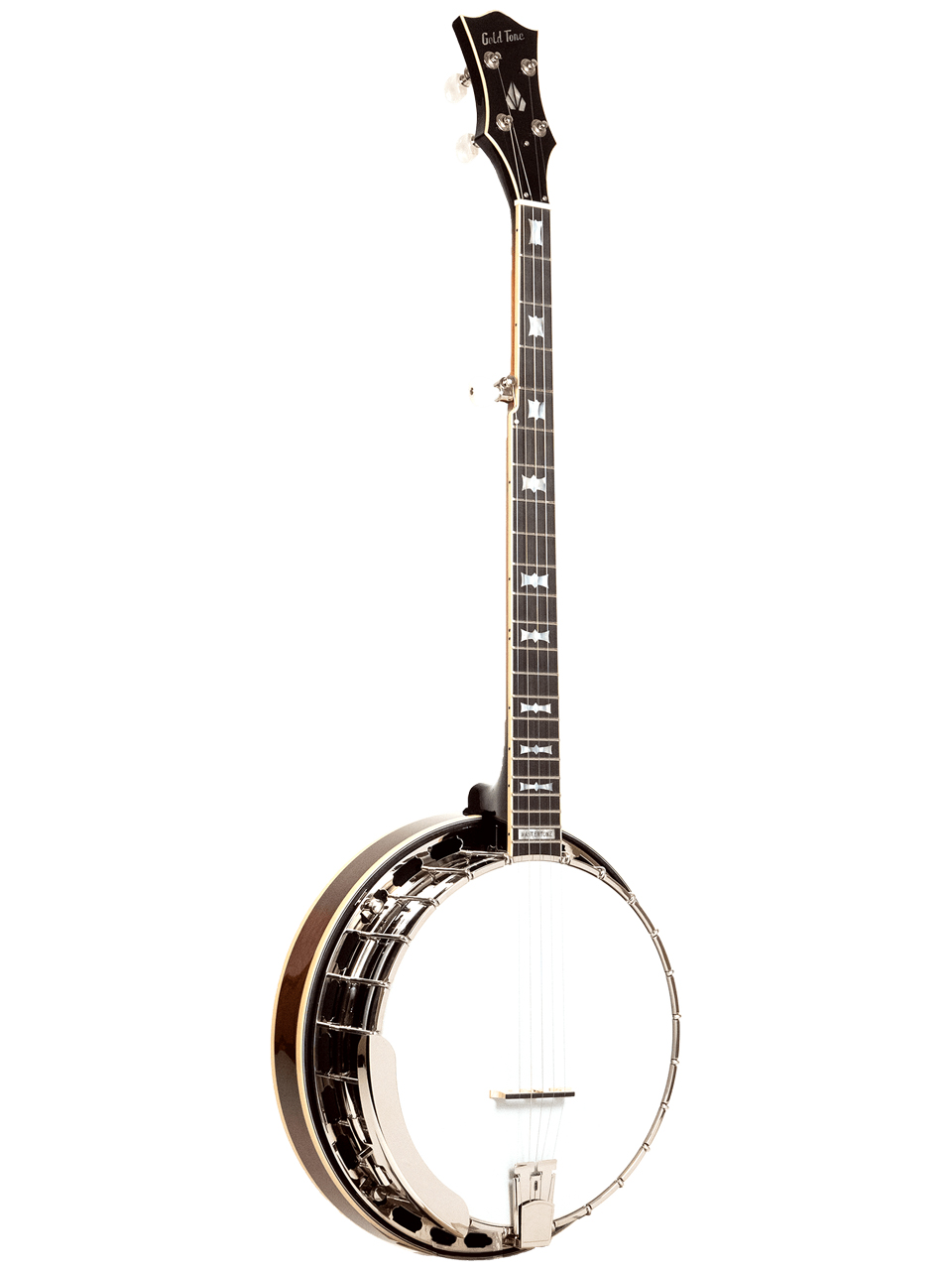
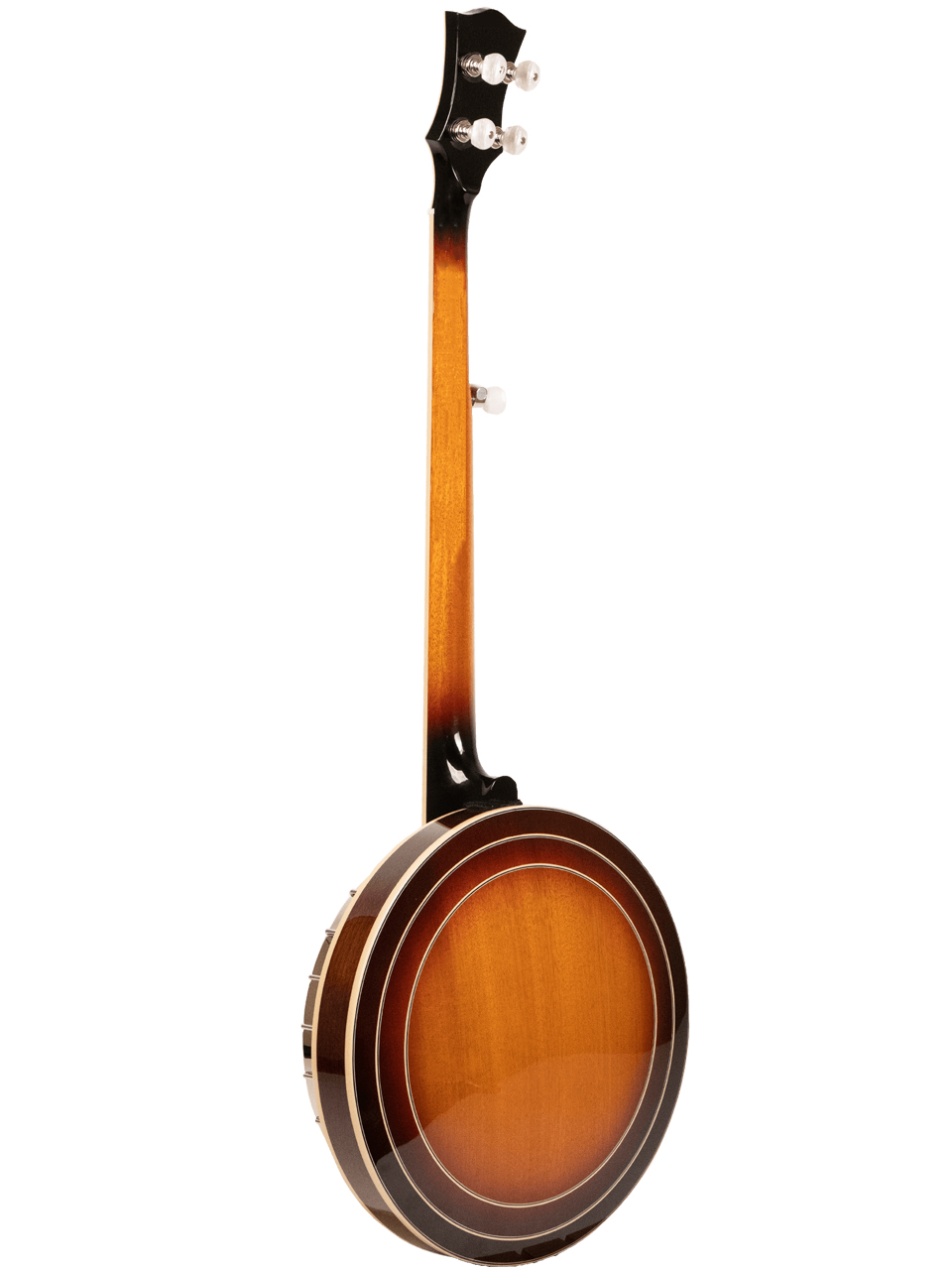
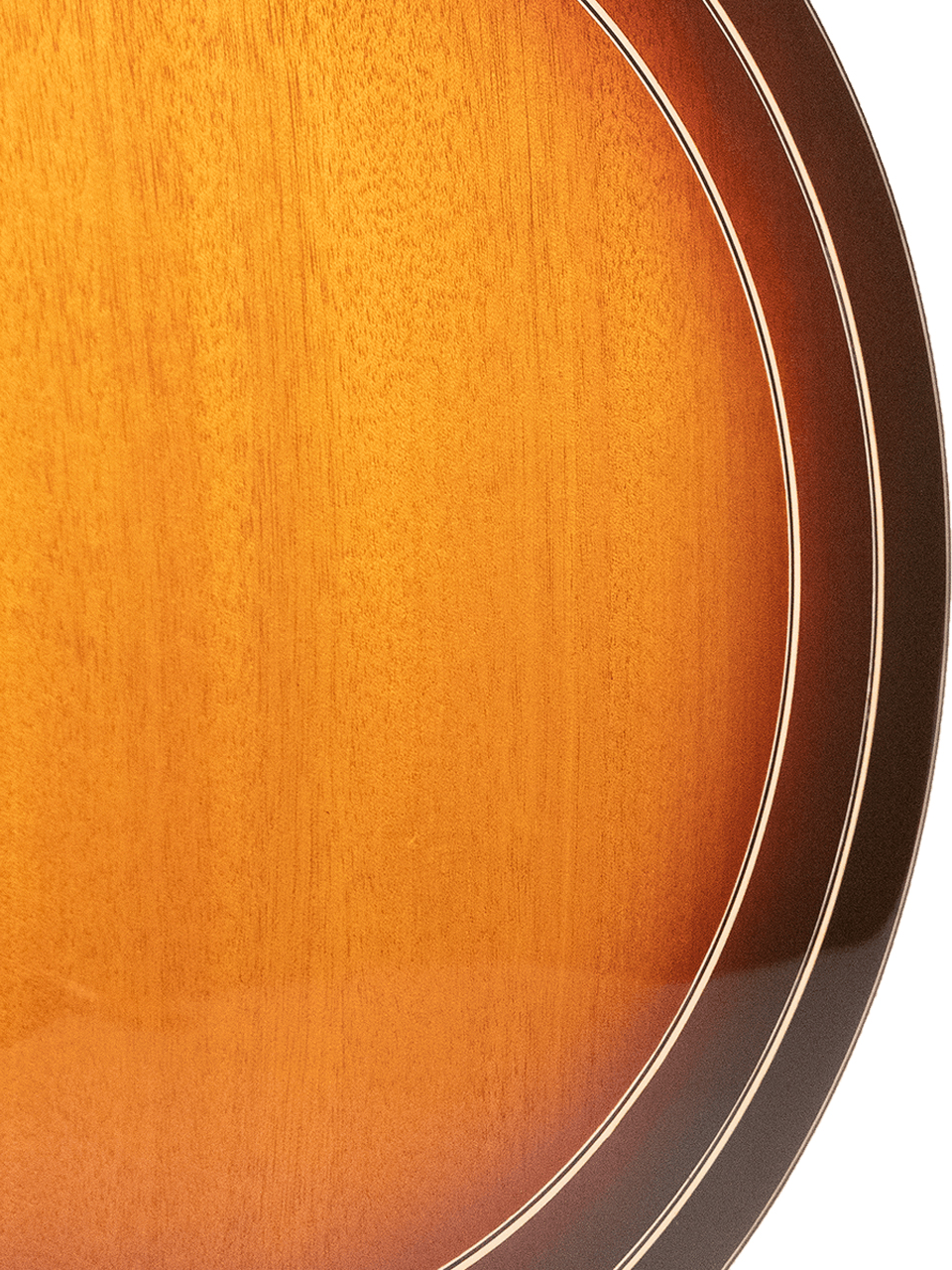
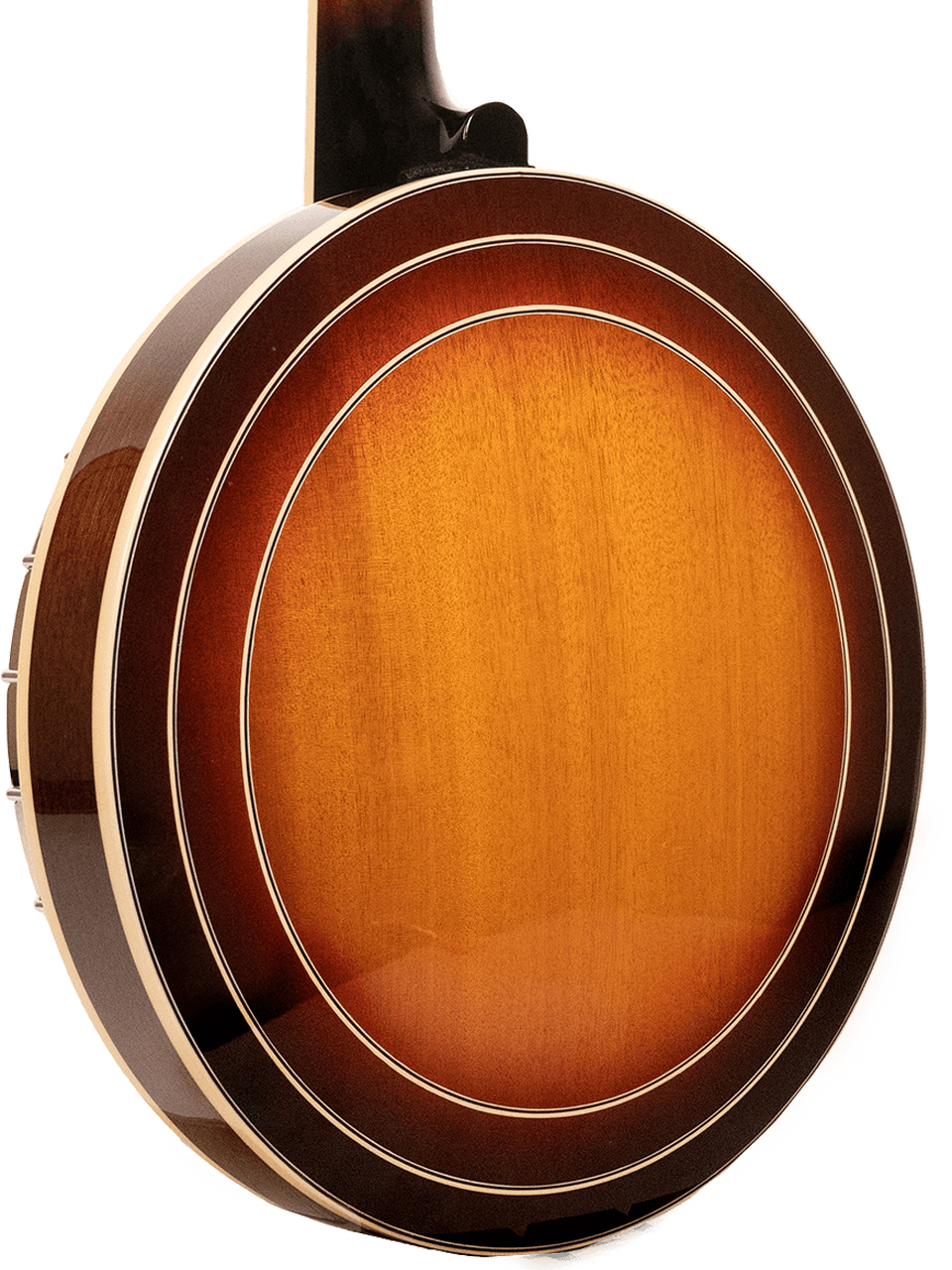
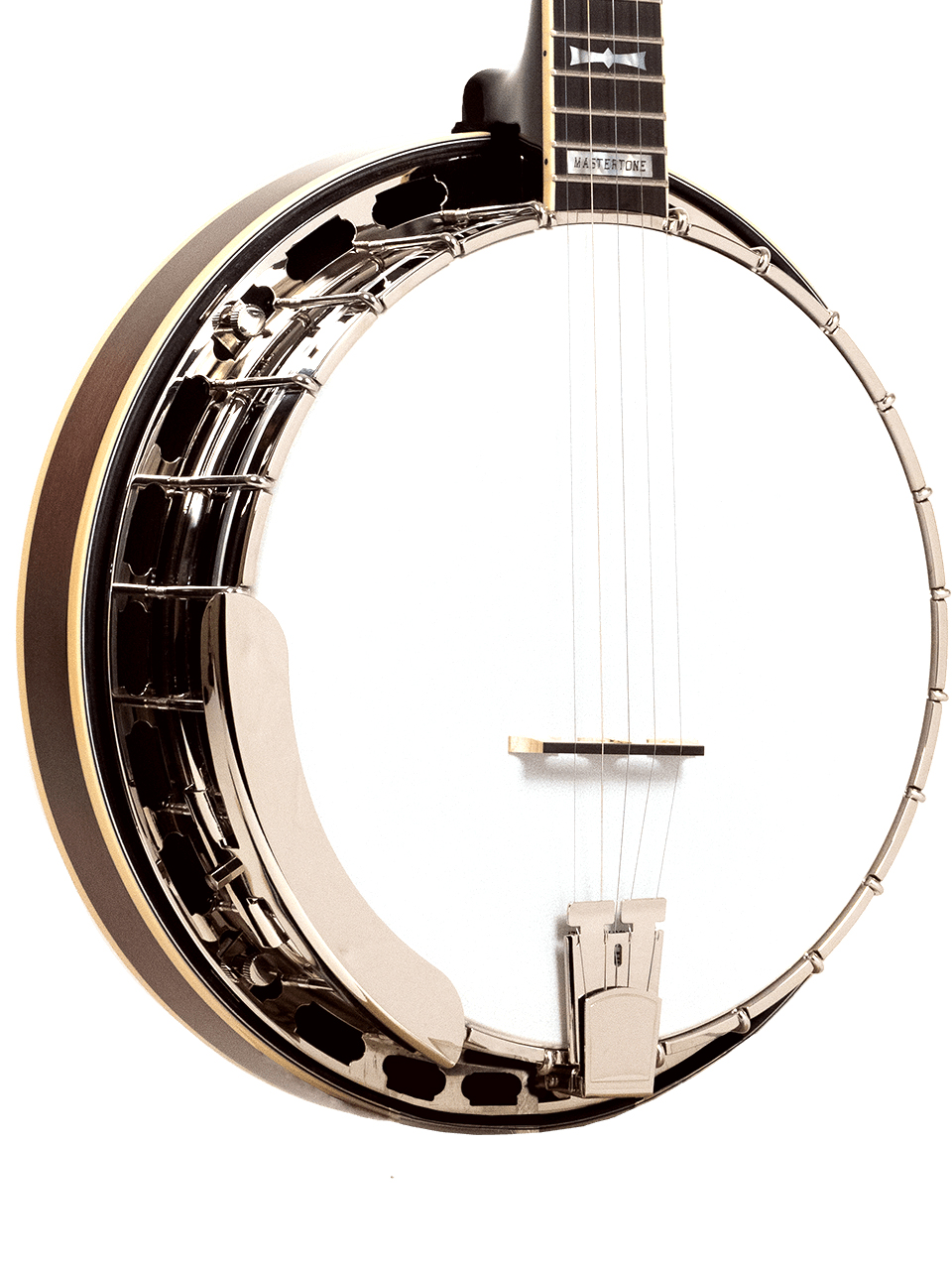
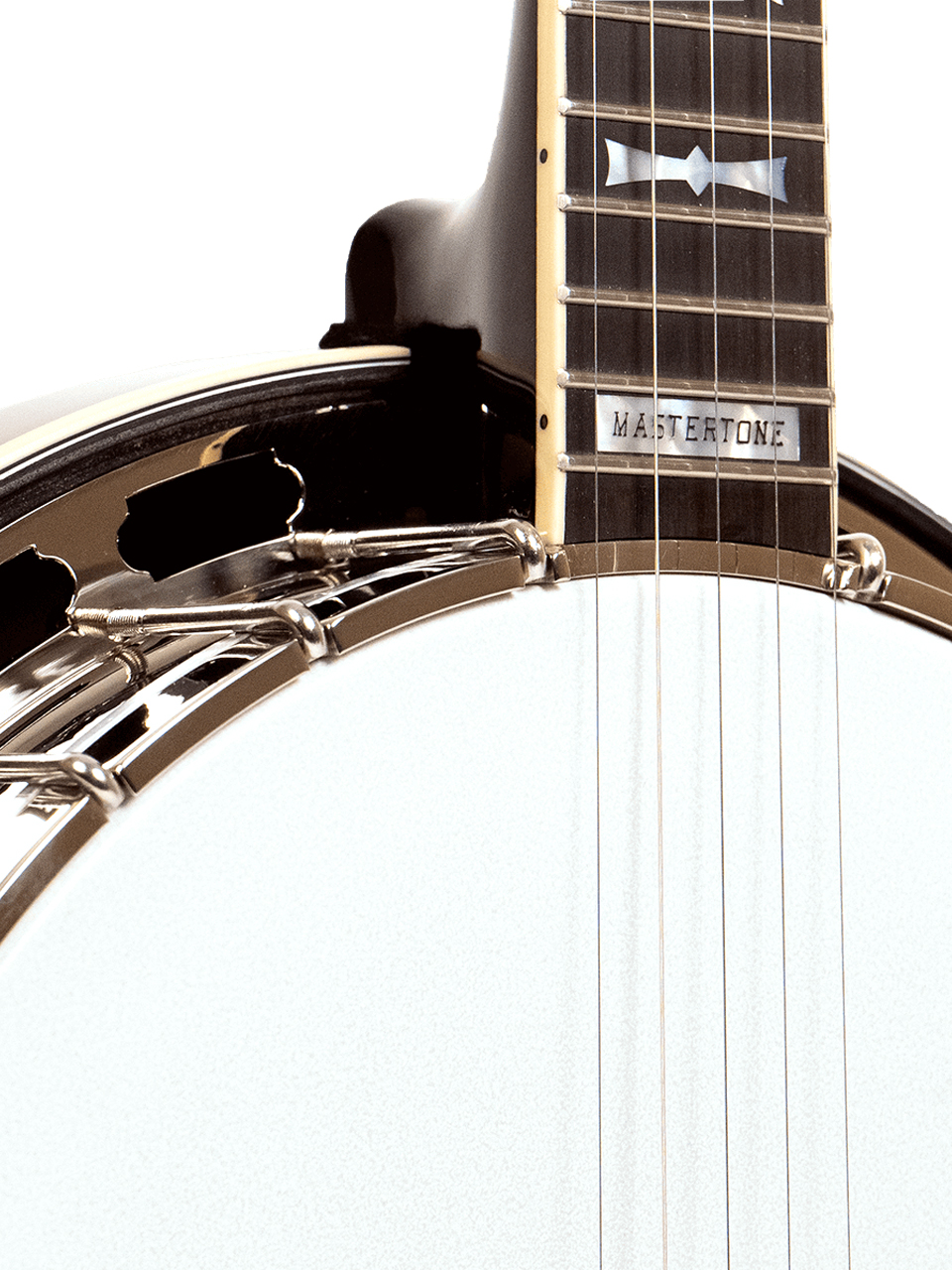

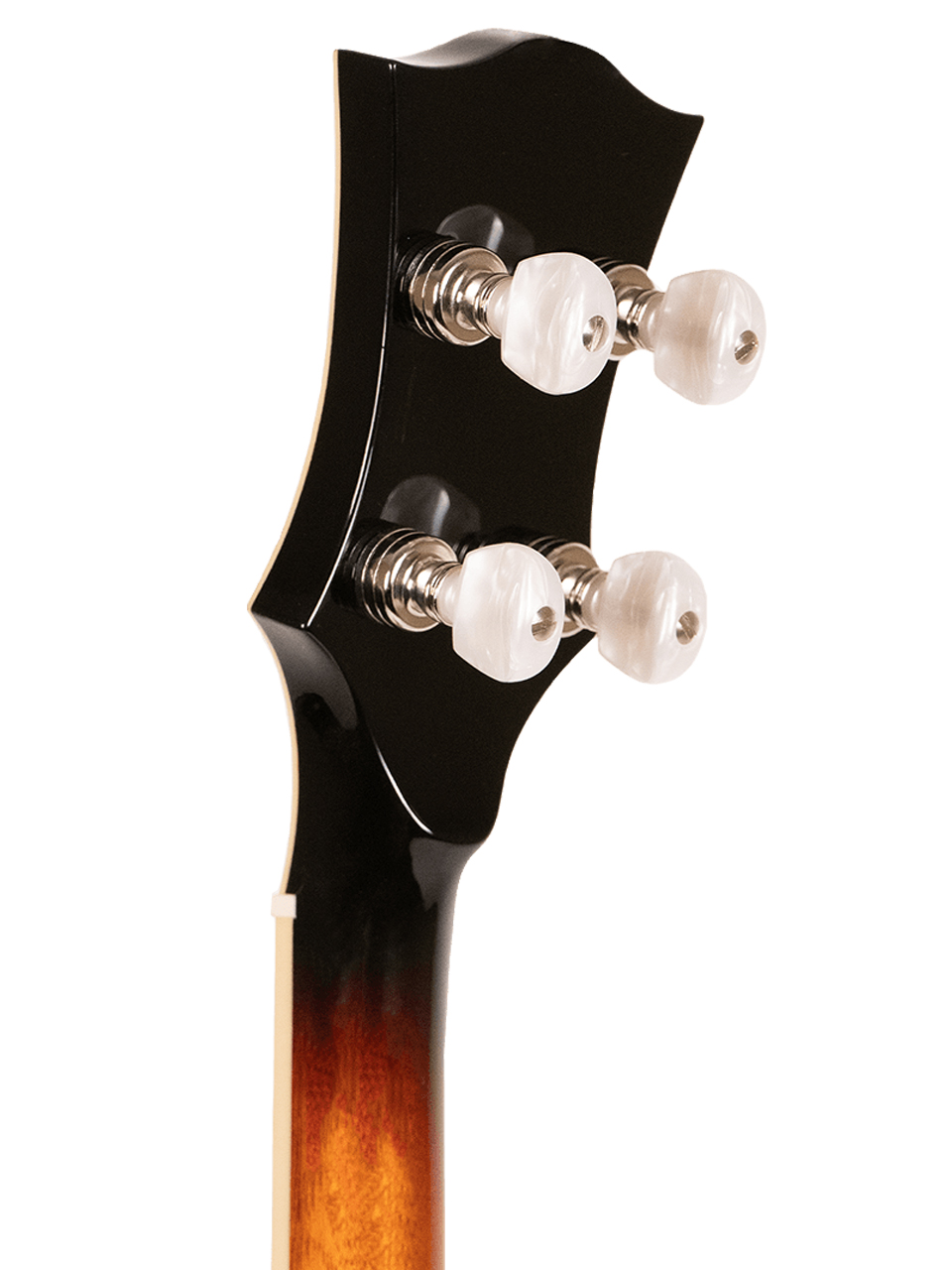
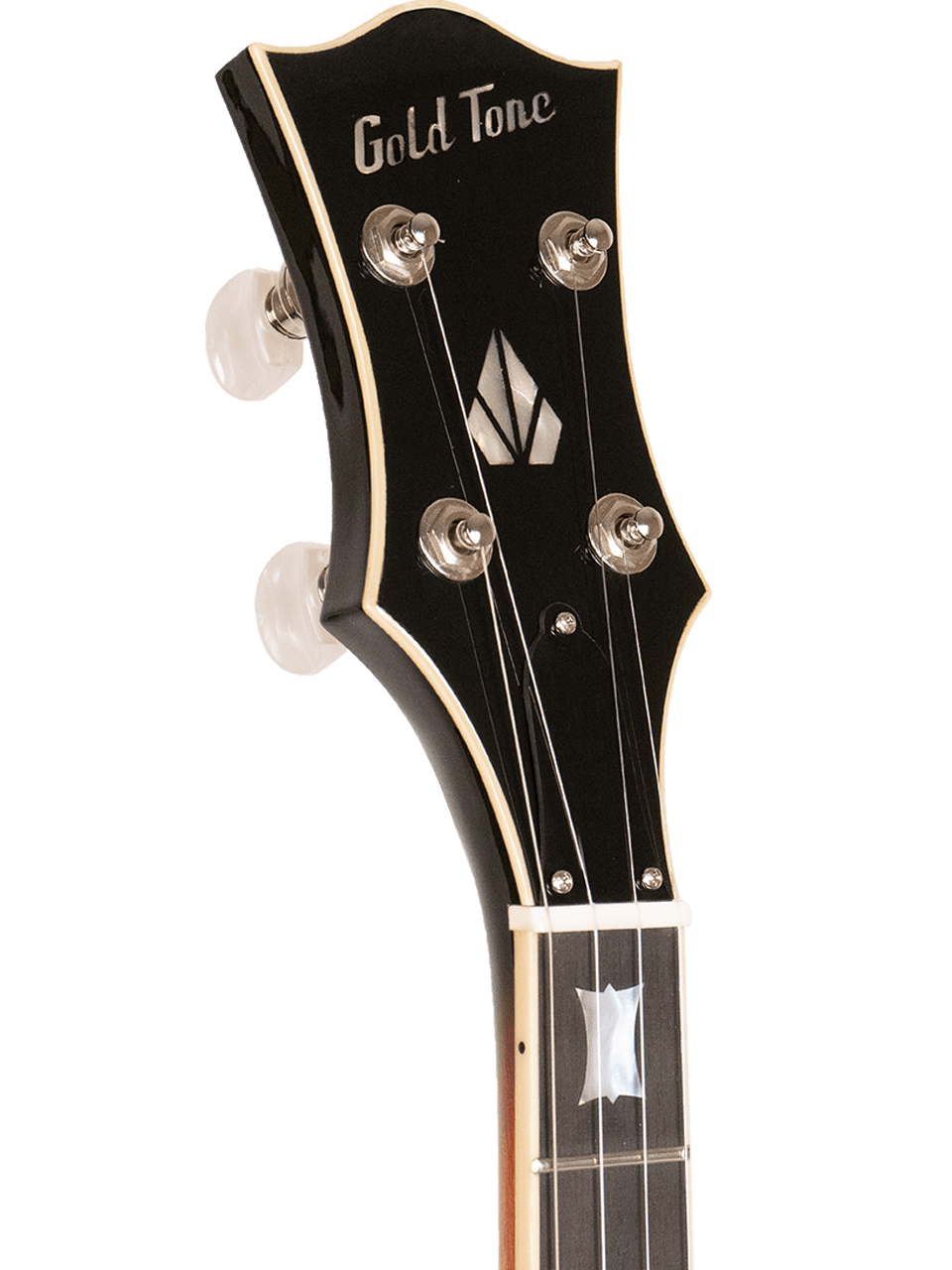

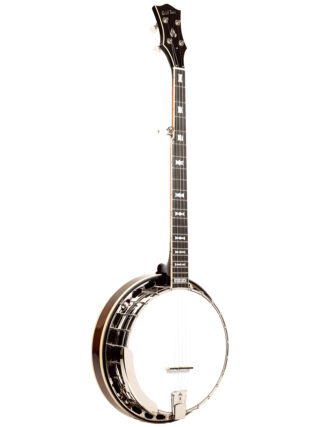
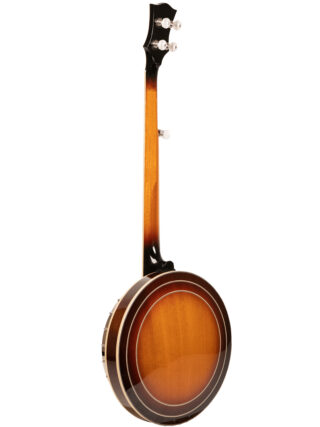
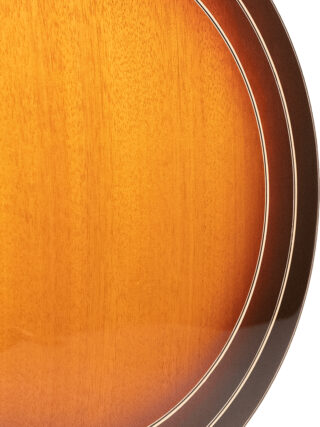

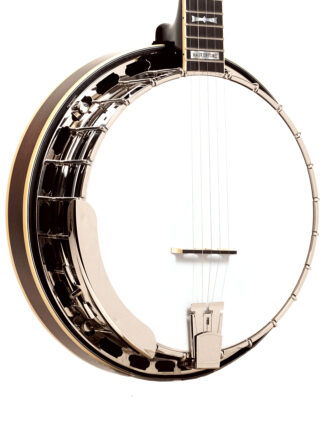
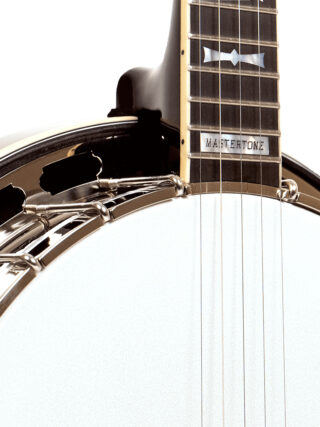


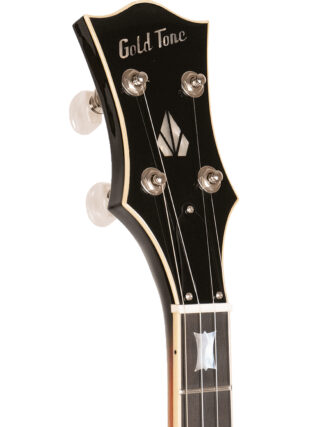
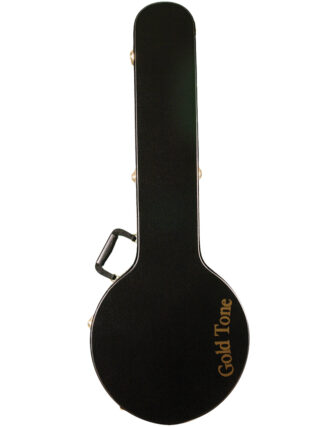
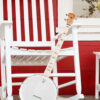

Reviews
There are no reviews yet.